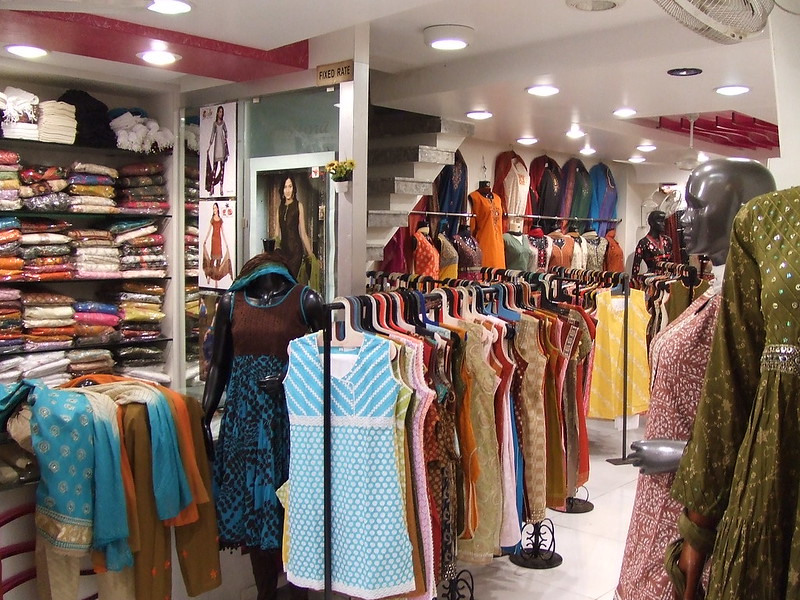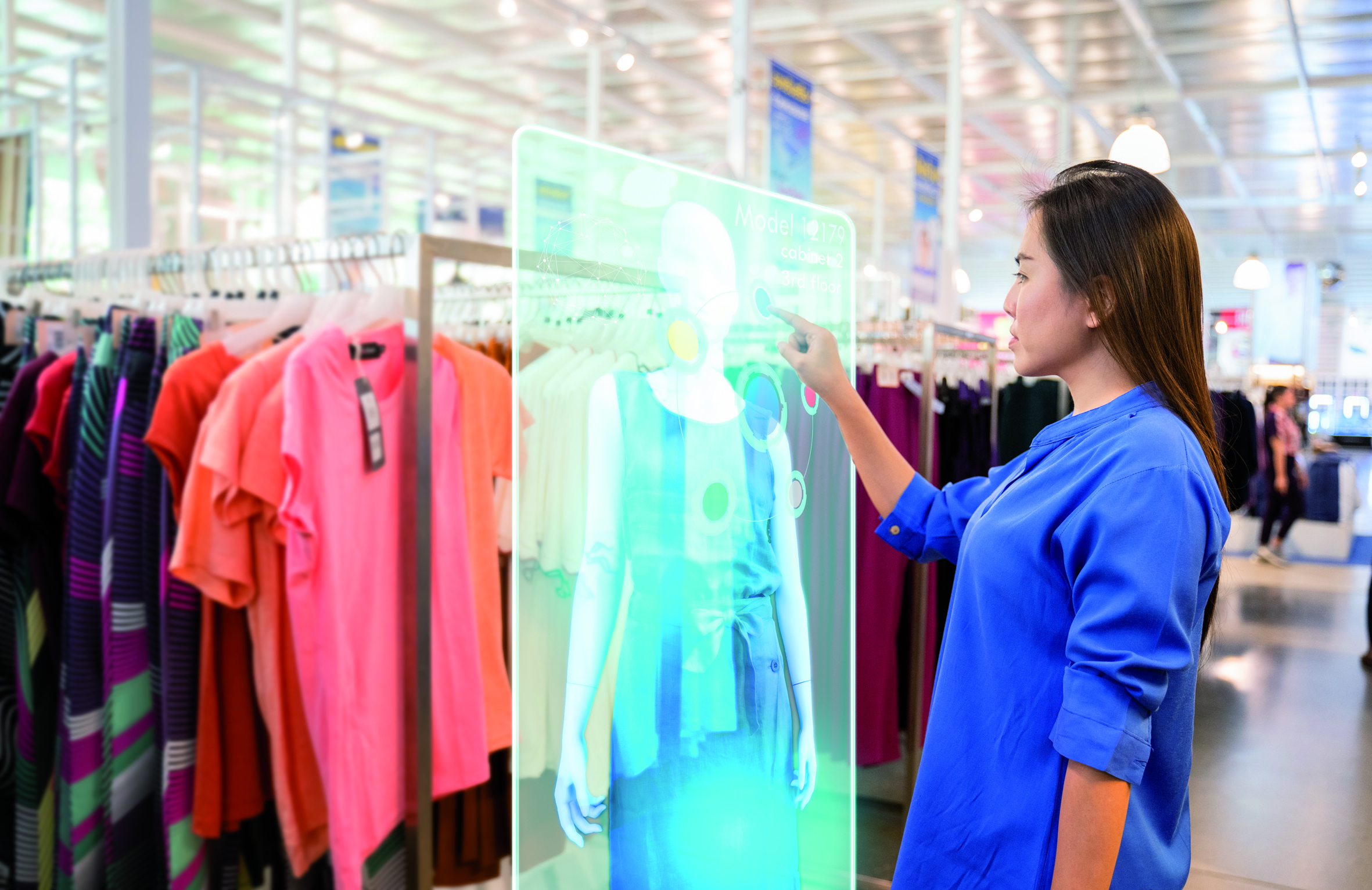The segment is poised for rapid growth, with a projected 17% CAGR from 2022 to 2028, outpacing the overall growth of the retail pie
New Delhi: The retail industry in India is experiencing an exceptional surge in demand and leasing activity, paving the way for robust growth and innovation in retail space and mall development. The outlook for the upcoming year is filled with optimism driven by brand
expansions, emerging trends, increased investments, and enhanced market sentiments.
As per a recent industry report, the value retail market in India (excluding food and grocery) is expected to reach $170 billion by 2026, marking a substantial increase from $111 billion in FY23. This particular segment is anticipated to grow at a Compound Annual Growth Rate (CAGR) of 15% between 2023 and 2026, surpassing the overall retail sector’s expected 10% CAGR, which is projected to reach $1,219 billion by FY26.
A survey-based report titled ‘Recognising Malls and Shopping Centers as a New-age Industry,’ conducted by Deloitte India and the Shopping Centre Association of India (SCAI), underscores the crucial role that malls and shopping centres play in the organized brick-and-mortar retail sector. This segment is poised for rapid growth, with a projected 17% CAGR from 2022 to 2028, outpacing the overall growth of the retail industry.
Key Trends Shaping the Future of Retail Space Development
Experiential Retail
The concept of malls as mere shopping destinations is evolving into a more experiential model. Malls are transforming into spaces that offer entertainment, cultural events, and recreational activities to attract visitors. This shift towards experiential retail includes the
incorporation of cinemas, gaming zones, and live performances.

Consumers are seeking more than just products; they desire an immersive and enjoyable shopping experience. These malls are not only designed to cater to the shopping needs of the moment but also to create lasting memories that will keep customers coming back for more.
By offering an all-encompassing experience that goes beyond the shopping experience,
experiential malls are becoming increasingly popular.
Food and Beverage Innovations
The food and beverage sector within malls is experiencing continued growth, with a focus on diverse culinary options, unique dining experiences, and food festivals. Malls are
categorically focusing on the food and beverage segment thus bringing a great mix of dining options.

The layout and design creating innovative food spaces in the malls are also drawing intrigued customers exploring delight in dining experiences. As a result, malls are impressively evolving into gastronomic hubs, catering to a diverse range of tastes and
preferences.
Flexible Spaces for Events
Mall developers are recognising the importance of flexibility in design. Creating adaptable spaces within malls that can be repurposed for various events, from pop-up shops and product launches to community gatherings and art exhibitions, is a key trend. This ȷ flexibility allows malls to cater to the dynamic needs of consumers and brands, creating a dynamic and ever-changing retail environment.
Technology Integration

Shopping malls are evolving into more than just places to shop; they are becoming destinations offering immersive experiences. The integration of technology is a key trend driving this evolution. Smart parking solutions, mobile apps for navigation and personalised shopping recommendations, and augmented reality (AR) for interactive displays are becoming integral parts of the shopping experience. Mall developers and brands are leveraging the use of smart technology to facilitate best-in-class services and experiences.
Sustainability and Green Design
In response to the growing emphasis on environmental responsibility, retail space development is adopting sustainable and green designs. This includes energy-efficient systems, green roofs, the use of eco-friendly materials, and the incorporation of more open spaces and green areas. Malls and other retail space formats are aggressively adopting
a hybrid approach, combining the best elements of the mall and high-street concepts to create visually appealing and environmentally conscious spaces.
Conclusion
The adaptability to changing trends and the capacity to cater to a diverse consumer base will fortify the retail sector’s resilience and enduring appeal. In a nutshell, the trends shaping the retail space and mall development in 2024 reflect a dynamic and consumer-centric approach.
The integration of technology, a focus on sustainability, and the evolution towards experiential retail underscore the industry’s commitment to meeting the evolving demands and expectations of modern consumers. As India’s retail sector continues to strengthen, these trends are expected to play a pivotal role in deȱ ning the landscape of mall development and retail space in the years to come.


